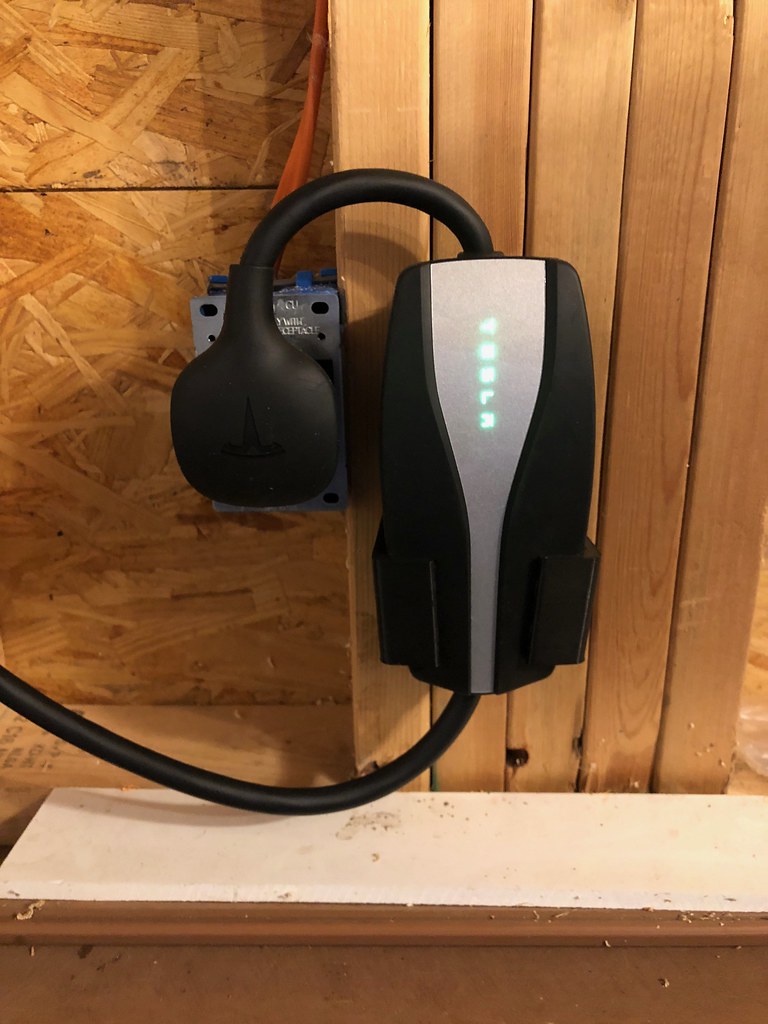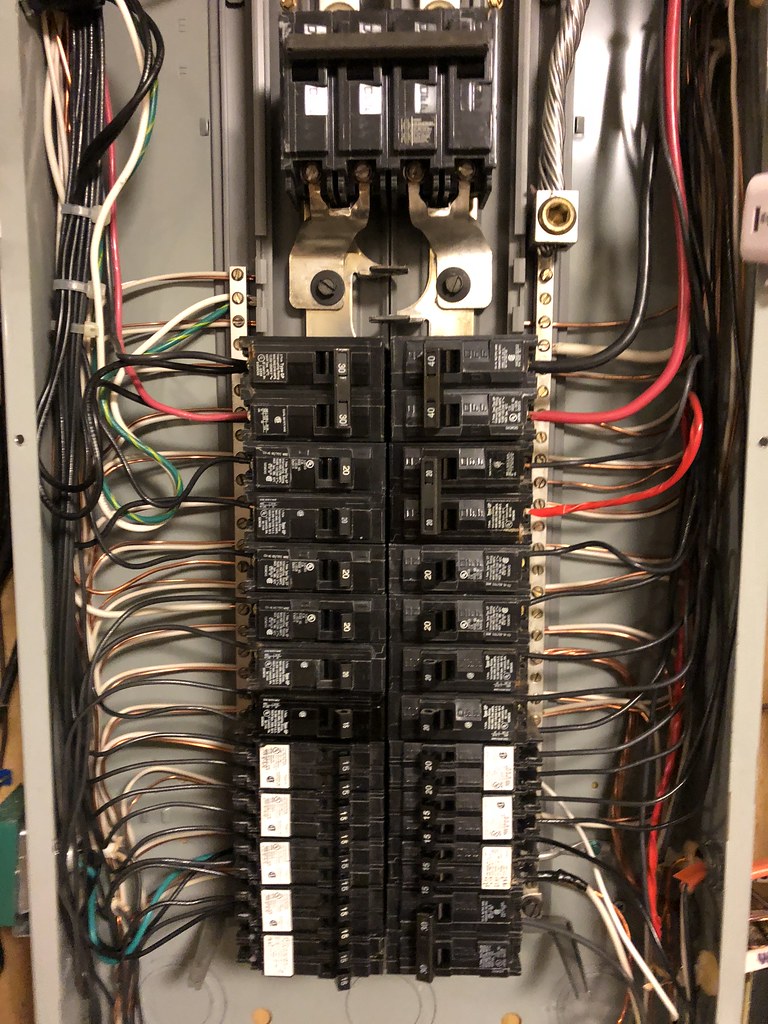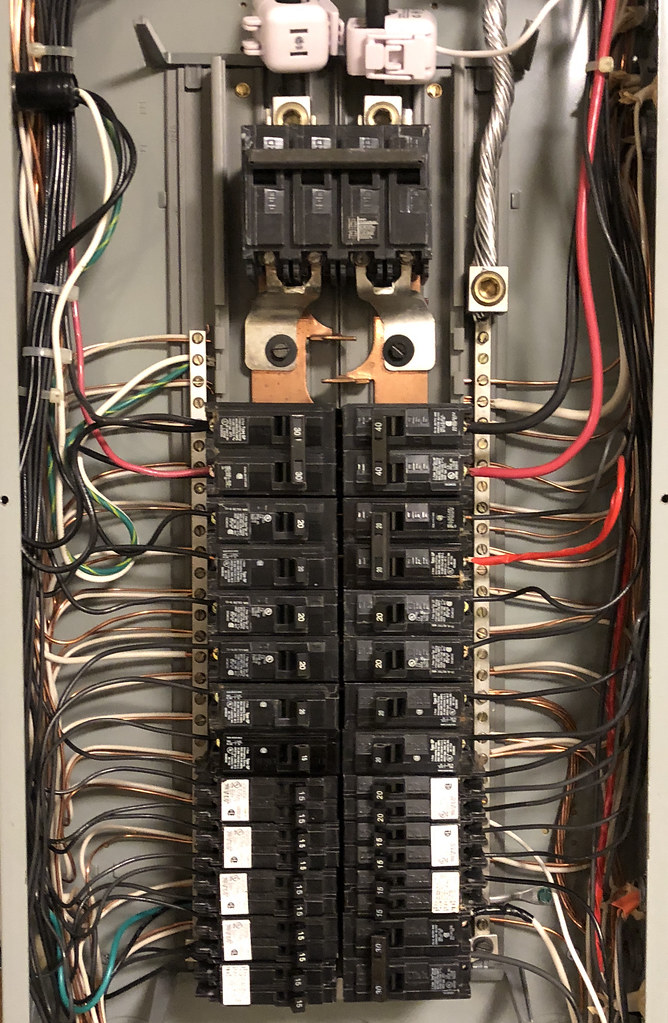So if you put the word code in quotes, then you get to ignore it? There's nothing safe about the way you've hacked things up. Personally, I don't care what you do at home, but coming here and telling everyone it's the SAFEST choice is too much. An external adapter from 6-30 to 14-30 or 10-30 would have been much, much better than your install. If someone plugs a device into your outlet that expects that neutral to be attached, all kinds of bad can occur. While that could also happen with an adapter, at least you can keep physical control of the adapter to help assure it is not misused. Plus, the next owner doesn't have to deal with a bad install in the wall...sure you'll tell me that you wouldn't let that happen, but stuff happens. You could get hit by a bus (an electric one, of course) and never get to remove or fix it. Some neighbor or relative (maybe a contractor who's doing work at your house?) could make a decision to plug the wrong thing in there when you're not around to stop them. You'll say that's not possible, but it is.
My name's not Jr. Let's keep things civil, shall we?
I could make the same argument that the adapters you suggest do EXACTLY they same thing.
And they are portable, which makes it worse. And no Temperature monitor.
So you are suggesting to others something that is less safe when used on the Tesla AND can be missed used exactly the same way as the 14-30 Neutral-less outlet. Just because it's not attached to the house doesn't make it safe.
You seem to condone the use of illegal adapters as much as I put code in quotes.
A 6-30 to 14-30 adapter is exactly the same thing !!!
So why exactly is your solution better again. Let's see.
You add MORE connections (more points of failure). And usually the weakest point. Now you have 2.
You add Un-temperature monitored connection.
You add access to a 14-30 socket (on the end of your recommended adapter) with no Neutral !!
Do you think that Adapter magically creates a Neutral?
Just because it's not bolted to the house, that makes it all OK?
No, it doesn't.
I'm telling folks what I chose to do and why. They can do what ever they want.
Using a 6-30 to 14-30 adapter is a BAD. Really bad idea.
The real problem is there is no way to use a 10-2 circuit without a Wall Connector. Period. Because Tesla doesn't make the correct TEMPERATURE monitored adapter for a 6-30. It's really dumb they don't. If it was not for the temperature monitor in the PLUG, I would have hacked the end off the UMC adapter and put a 6-30 plug on it. By adding the adapter your monitoring the 14-30 plug, but you are not monitoring the added 6-30 plug.
I think the Temperature Monitor of the "Joints" is a REALLY a good idea.
You're basically dismissing that, critical, in my opinion, component.
This is very high load for long hours in the night. I want that temperature monitor on every joint.
I was an electrician in my younger years and I can't tell you how many burned out dryer outlets I replaced.
I will clearly label the outlet. I feel safer the way I chose to do it. Your suggestion is more dangerous.





